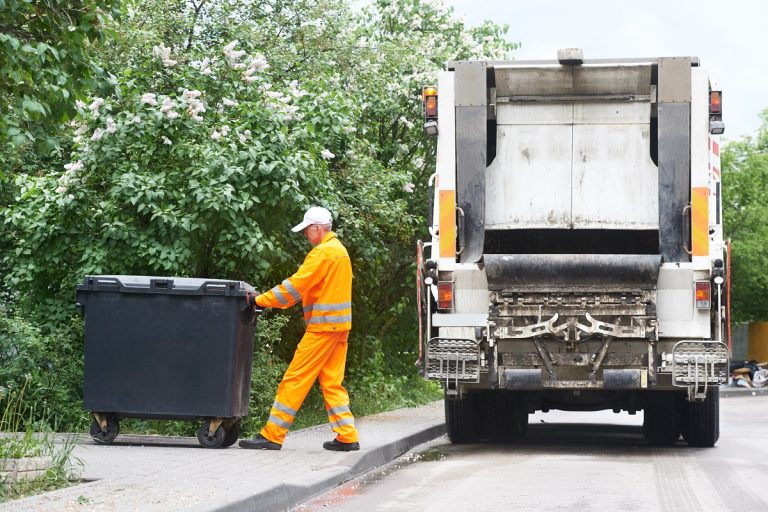Australian’s waste management has plenty of room for improvement. On average, a person produces about 2,000 kilograms of trash every year. From 2014 to 2015, the country created a whopping 64 million tonnes of garbage. As the population grows, there’s a considerable possibility that these numbers will go up. Fortunately, the country and its businesses are taking giant steps to manage waste better:
New Technologies in Wastewater Management
Wastewater management is crucial in a lot of ways. A proper one safeguards the quality of water, including the one that people drink on a daily basis. It also guarantees the health and safety of Australians. Most of all, it ensures the protection of the natural environment.
The process of managing wastewater, though, is challenging. For example, bio-solids can end up in the landfills, where they do not only take up valuable space but also pose a health and environmental risk. It may contribute to greenhouse emissions.
Australia produces 327,000 tonnes of this waste each year. If the country creates bricks at the ratio of 15% bio-solids and 15% conventional materials, it may use as much as 5 million tonnes of the waste.
Scientists also believe that it can reduce the cost of construction and enhance the building’s energy efficiency since it exhibits lesser heat transfer. A growing number of builders and construction contractors are upgrading their fittings and valves, particularly Plasson fittings.
These are high-density polyethylene (HDPE) fittings, so they are lightweight but also durable. They are capable of high-pressure handling changes, which can occur during a wastewater treatment process. They are also easy to install and integrate into existing pipes.
These fittings are not metals, which reduce the risks of corrosion and contamination during the process. They also significantly reduce the chances of a seal leak.
Management of Plastic Pollution
 A significant percentage of trash that ends up in the Australian landfills is plastic, which can take almost forever to decompose. To help manage this type of waste more effectively (and to deal with the stricter rubbish import standards of China), Australia creates the National Waste Policy.
A significant percentage of trash that ends up in the Australian landfills is plastic, which can take almost forever to decompose. To help manage this type of waste more effectively (and to deal with the stricter rubbish import standards of China), Australia creates the National Waste Policy.
In this initiative, the country hopes to prevent as much as 80% of its wastes from going into the landfill by 2030. It also wants to decrease waste generation by at least 10% within the same period.
The government is also planning to phase out the plastic, particularly single-use ones, within the next 11 years. By 2025, plastics will be 70% compostable or recyclable and should have 30% of its contents worthy of recycling.
Food Waste Handling
On average, the Australians create about 3.1 million tonnes of food waste each year. That costs around $20 billion. Most of these will also end up in the landfills.
To bring down the volume, the government already invested close to $2 million in 2017 on its National Food Waste Strategy. The implementation will run for two years. Within this time, it must have reduced the wastage by half. By 2019, there should already be commercial and industrial businesses that will participate in the food waste reduction program voluntarily.
There’s no overnight solution to a long-standing problem, but as long as everyone keeps an eye on the goal, they can expect a cleaner, healthier Australia within the next decade or two.




